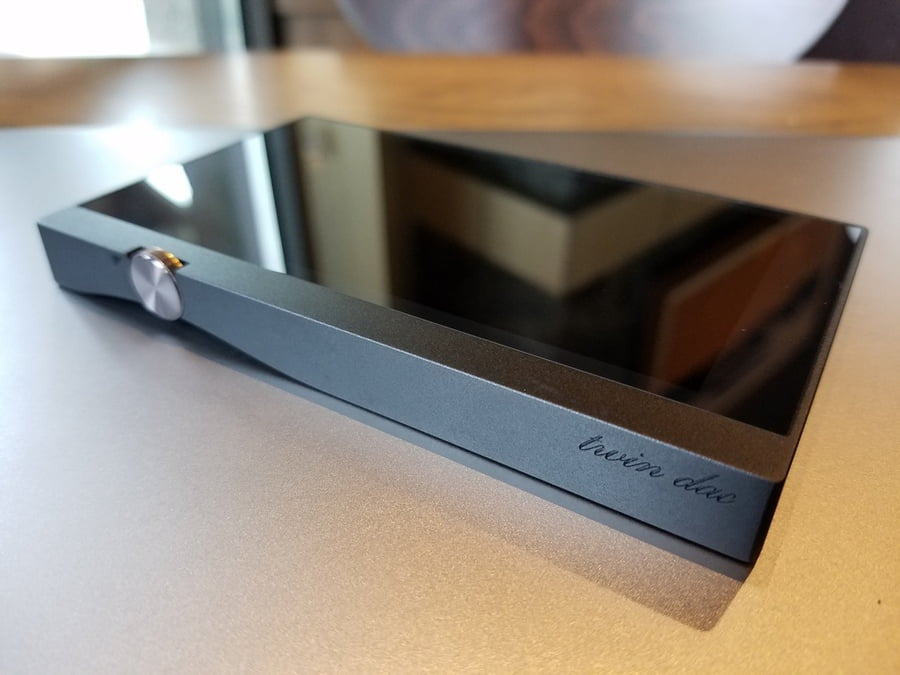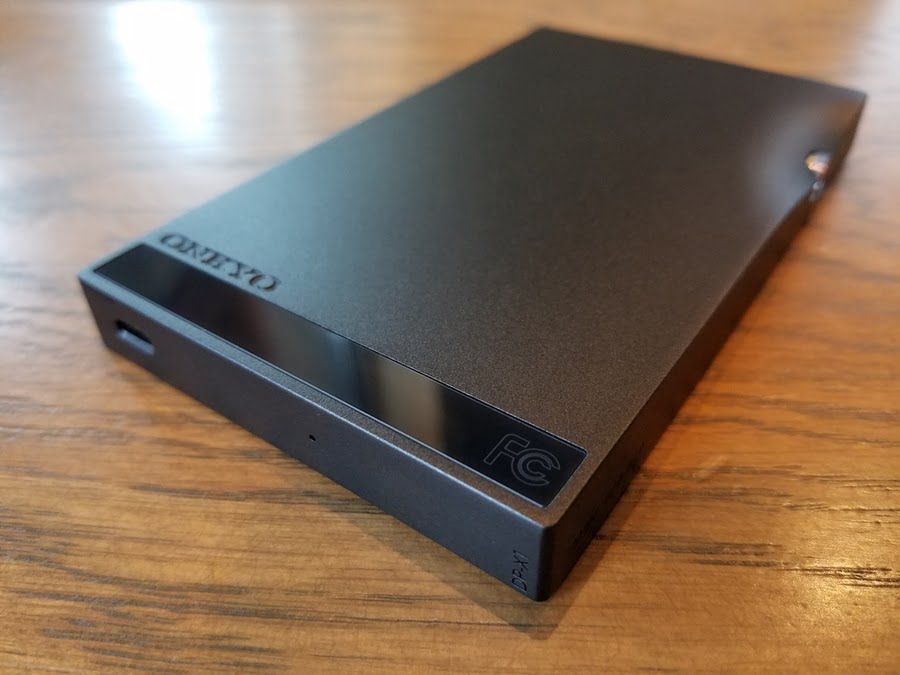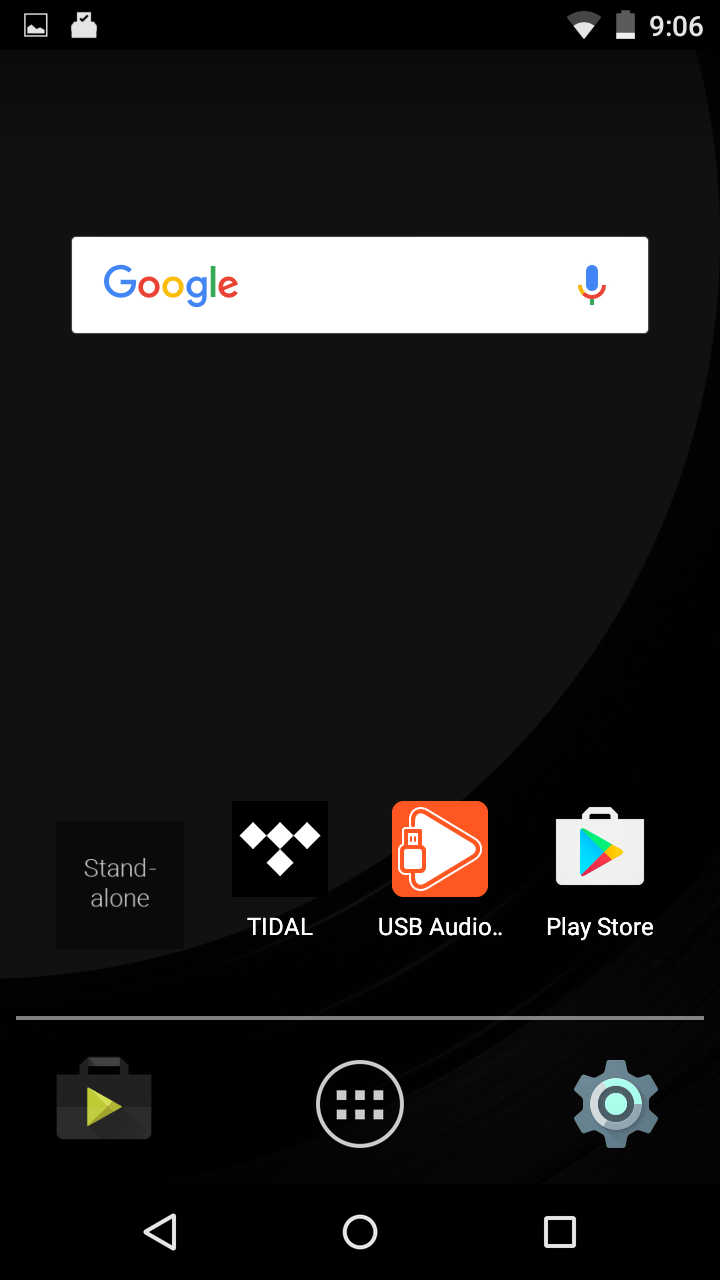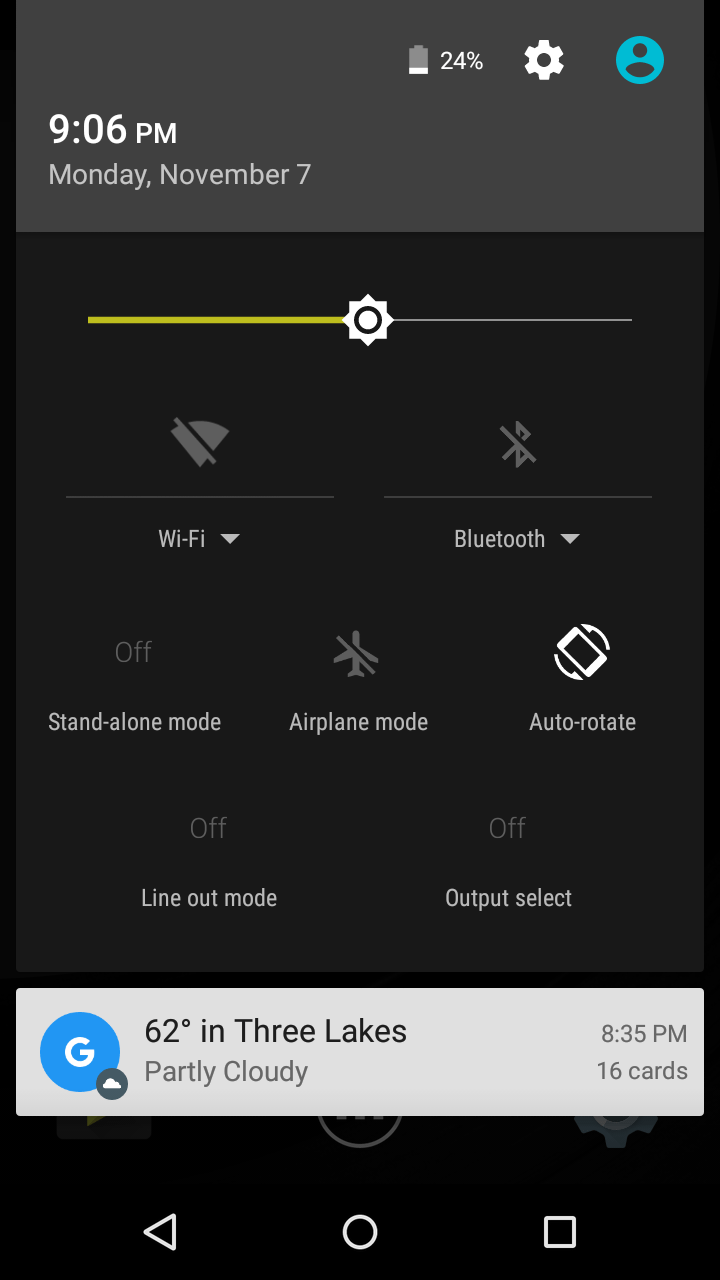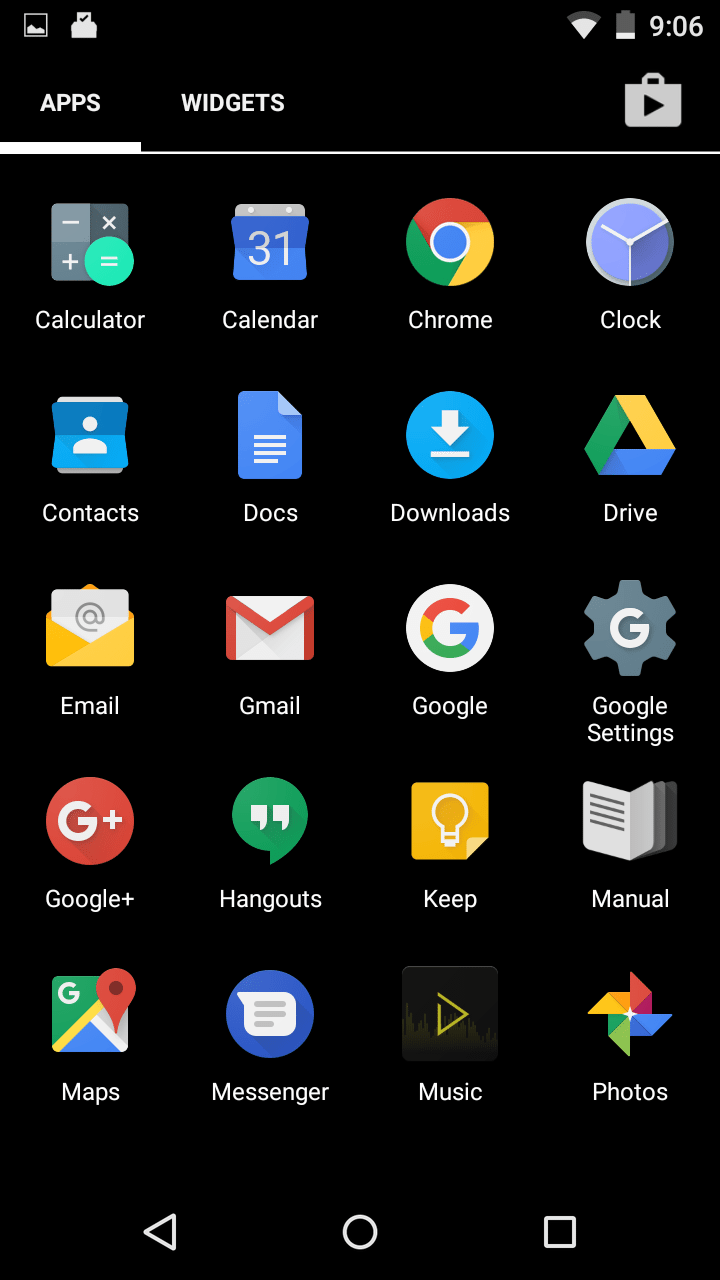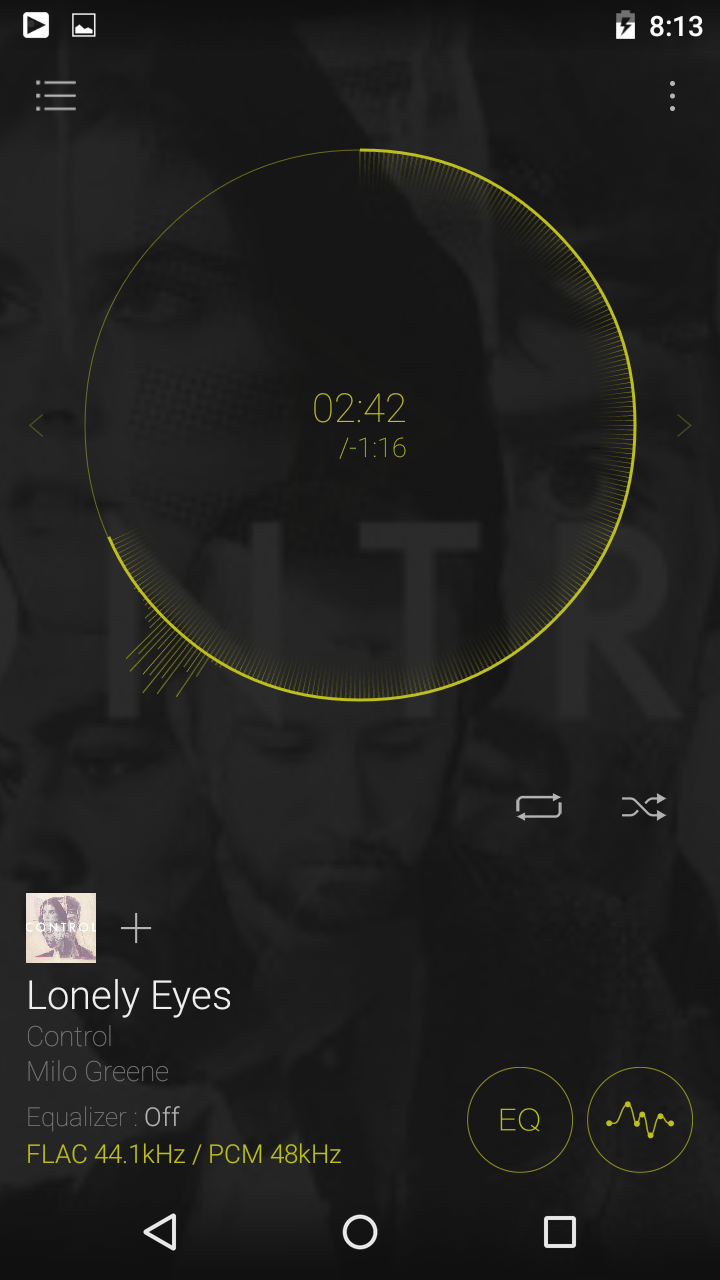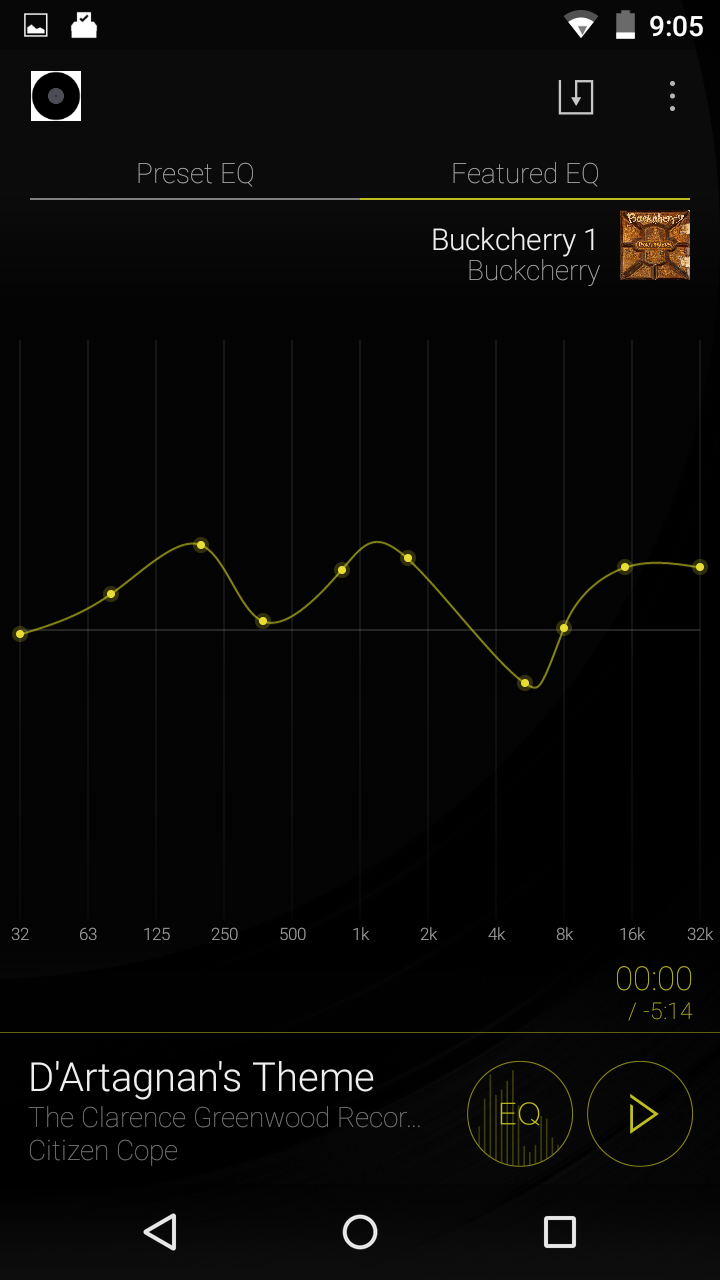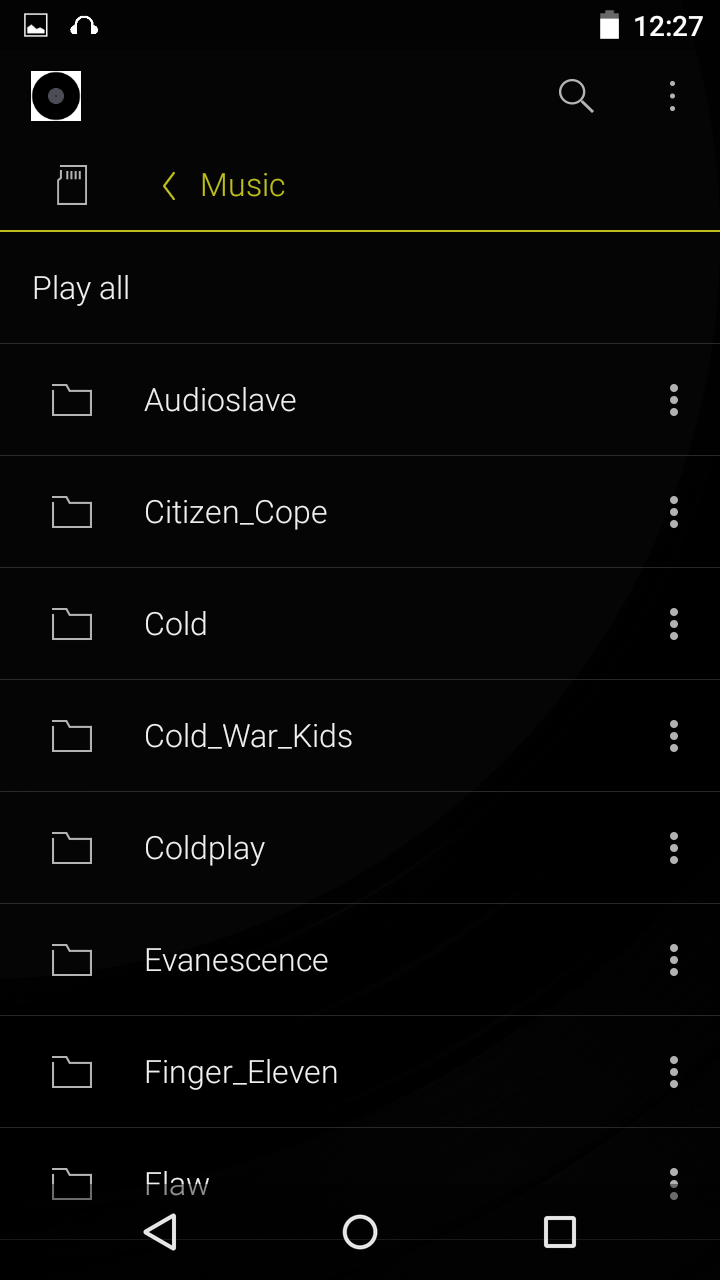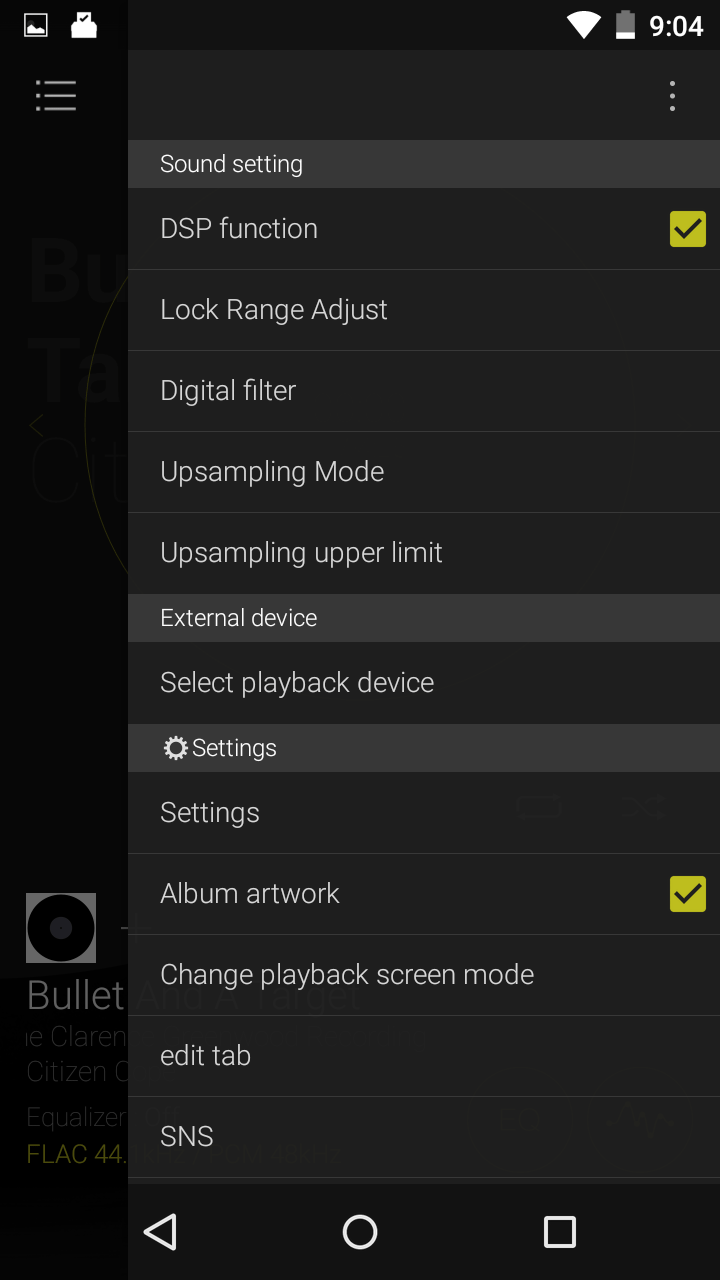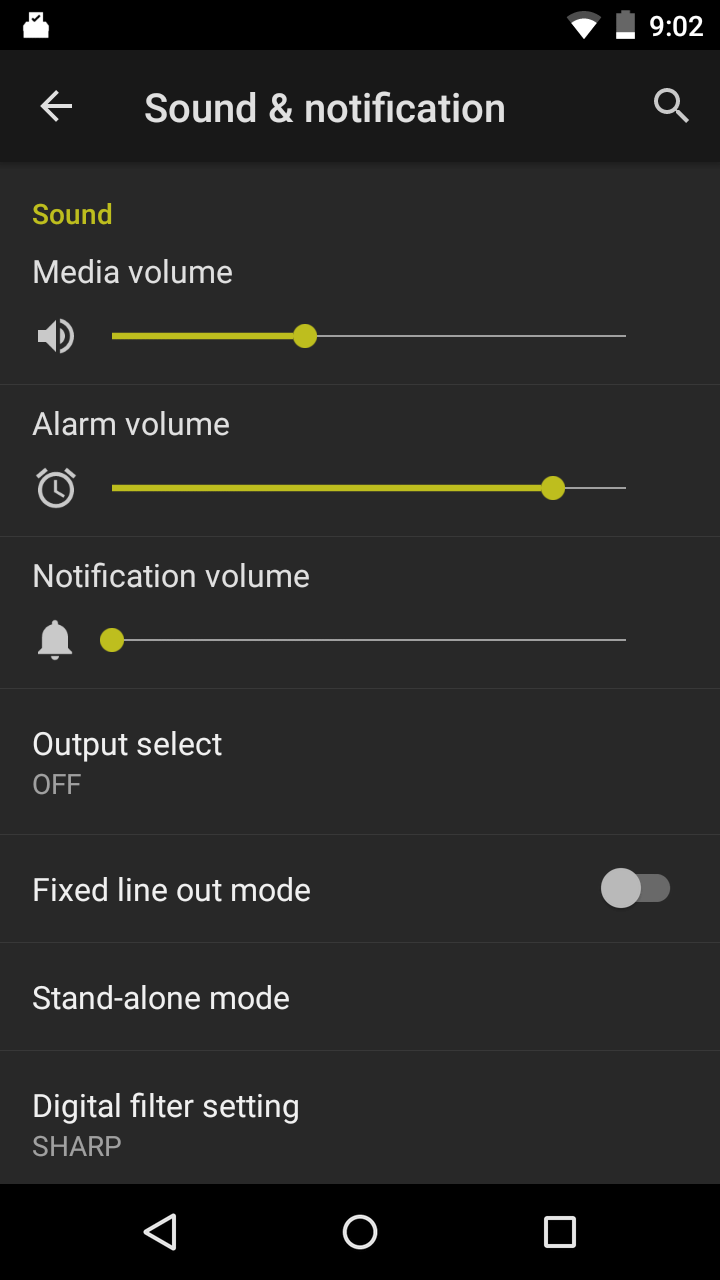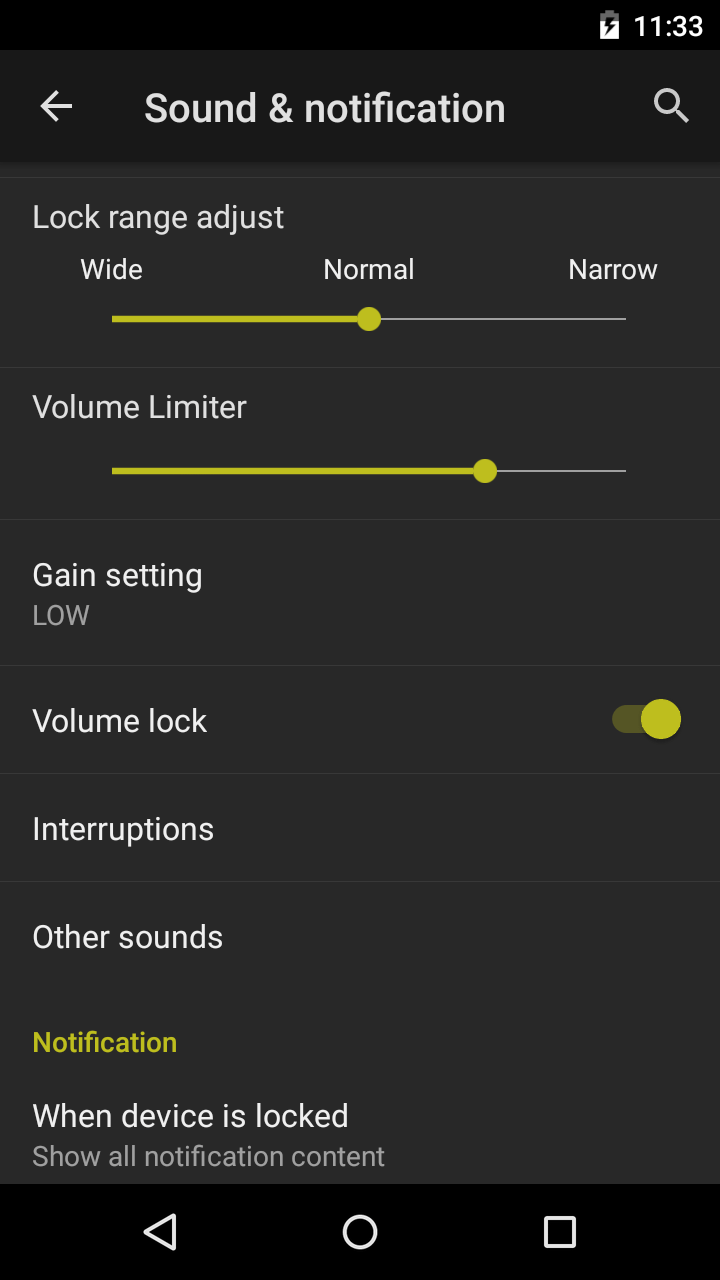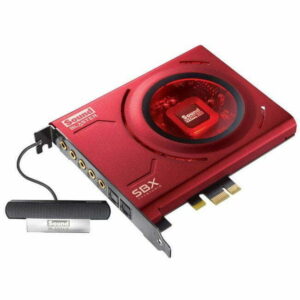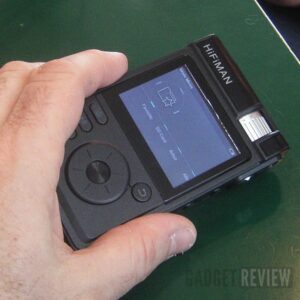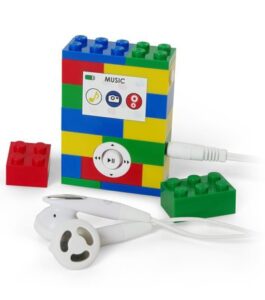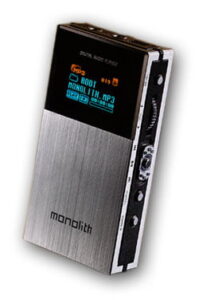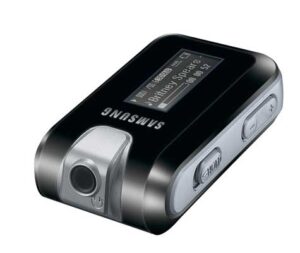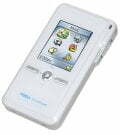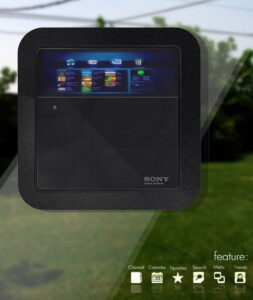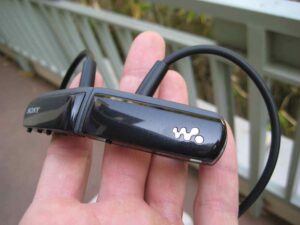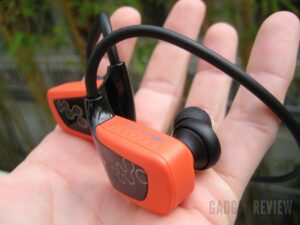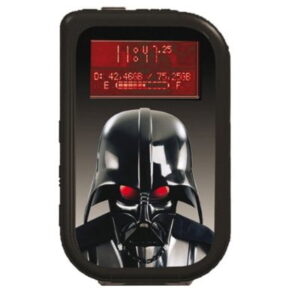High-end audio is still a niche market, but as of late we’ve been seeing the genre inching further and further into the mainstream. For instance, several of the well-known headphones we’ve covered this year , including some of the best noise canceling headphones, pack the prowess to handle extra fidelity, even in the wireless space. What’s even more exciting for audio lovers is that high-end manufacturers are focusing on more capable mobile HiFi solutions. No longer do you need a full-fledged desktop stack to achieve righteous playback.
It just so happens we were given such a device to review, a HiFi digital player that’s powered by Android and made by a company with a lengthy history in the audio scene – Onkyo. The Japanese-based manufacturer is primarily recognized for premium A/V home theater and stereo equipment, but that’s now changed as the DP-X1 bursts into the elite hi-res player arena. We’ll examine if Onkyo built the ultimate mobile HiFi player solution in our Onkyo DP-X1 Android Audio Player Review.
Overview
Price: $672 on Amazon
Available: June 2016
Model: DP-X1
Summary: The DP-X1 is Onkyo’s first mobile audio player, and it hits the ground running with a high-end dual DAC/amp system, full Android support, all the features for today’s audiophile, and a premium metal build. An understated design and modest battery slightly hold it back, not to mention the top-end pricing, but the DP-X1 is still a winner in our books overall.
What We Liked
- Unrestricted Android software
- Balanced output option for enthusiasts
- Support for a wide variety of audio formats.
- 432GB total storage capability
- Sound quality is top-tier and of the best in its class
What We Didn’t
- Design is a little flat for a high-end device
- Need to use balanced output to unleash the sound’s full capability
- Screen quality and battery life could be better
- Expensive
DP-X1 Specs
| Display | 4.7″ 720p LCD |
|---|---|
| Storage | 32GB internal + two microSD card slot (up to 200GB each) |
| Battery | 1,630 mAh (up to 16 hours in unbalanced mode) |
| Software | Android 5.1.1 (Lollipop) |
| DAC | Dual ESS Sabre ES9018K2M |
| Amp | Dual ESS Sabre 9601 |
| Audio Outputs | Standard 3.5mm or Balanced 2.5mm (TRRS) ports |
| Audio Formats | DSD (DSF, DSD-IFF), FLAC, ALAC, WAV, AIFF, Ogg Vorbis, MP3, AAC, MQA |
| Impedance | Unbalanced: 16 – 300 ohms Balanced: 32 – 600 ohms |
| Frequency Response | 20 – 80,000 Hz |
| S/N Ratio | 115 dB or more |
| Price | $672 |
| Buy Now |
Design
Onkyo aimed for a design that is as much effortless as it is premium for its top-tier portable audio player. The device’s rectangular, hard-edged form may be too basic and understated for its high-end price tag, but wait until you get your hands on it. The DP-X1 is entirely encased in a premium metal unibody, save for the front glass for the display and a small glass strip on the back towards the bottom (which we assume is there for antennas that cannot work through the metal like WiFi and Bluetooth wireless connections).
There are some extra elegant touches, though subtle, around the chassis. For instance, the circular volume knob has a ridged texture and a gold lining, and the back casing is interestingly bent to taper into it. This unique design choice gives the DP-X1 character but also makes it so the volume control is accessible from the front or back.
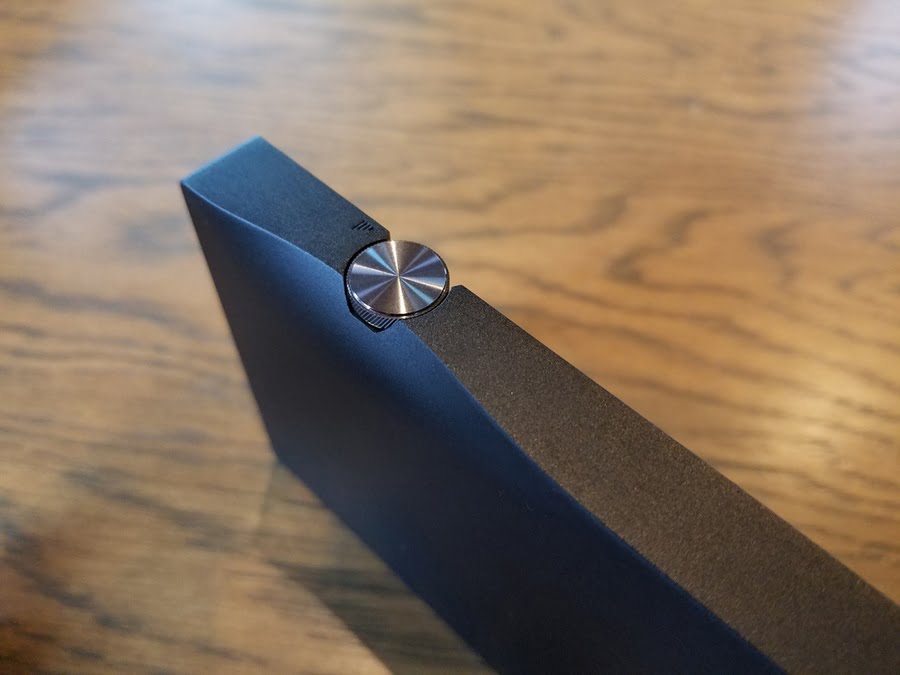
The embedded glass panel that houses the modest 4.7″ display sits flush with the chassis and at a slight asymmetrical placement. As expected, the screen’s 720p pixel count and LCD panel won’t win any quality awards for a mobile device in 2016, but it still does its job all the same. Most high-end players aren’t generally display spec monsters outside of their audio prowess, anyway.
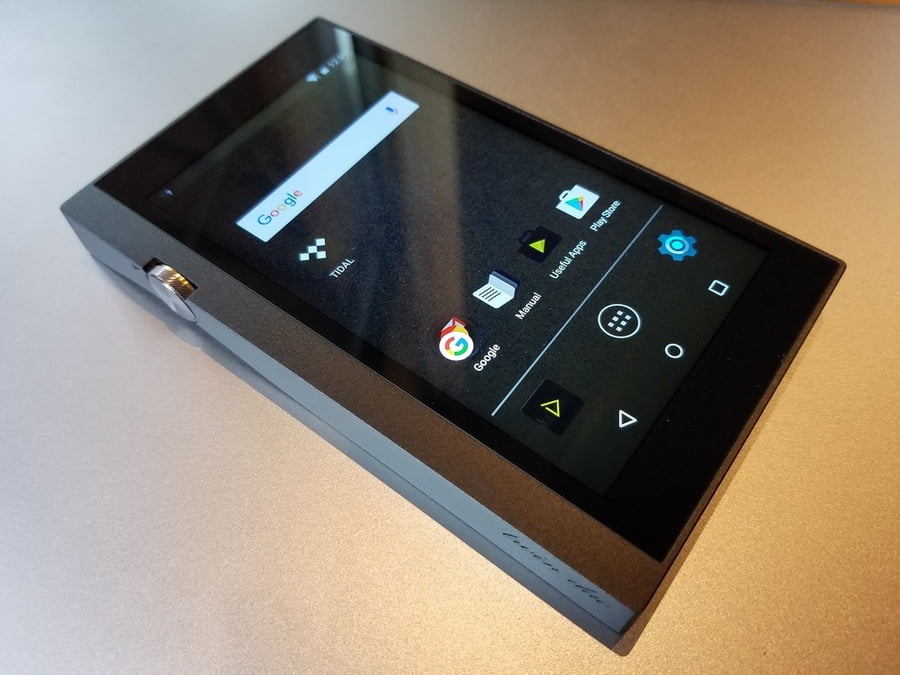
Features
You’ll find all of the DP-X1’s features on each edge. Starting at the top, we have not one, but two audio output ports – a standard 3.5mm jack for the common headphone, and one that is 2.5mm for balanced output (TRRS 4-pole connection). Many high-end audio manufacturers are including balanced capability in their products today, because of its ability of a cleaner output, and Onkyo did not want to be left out.
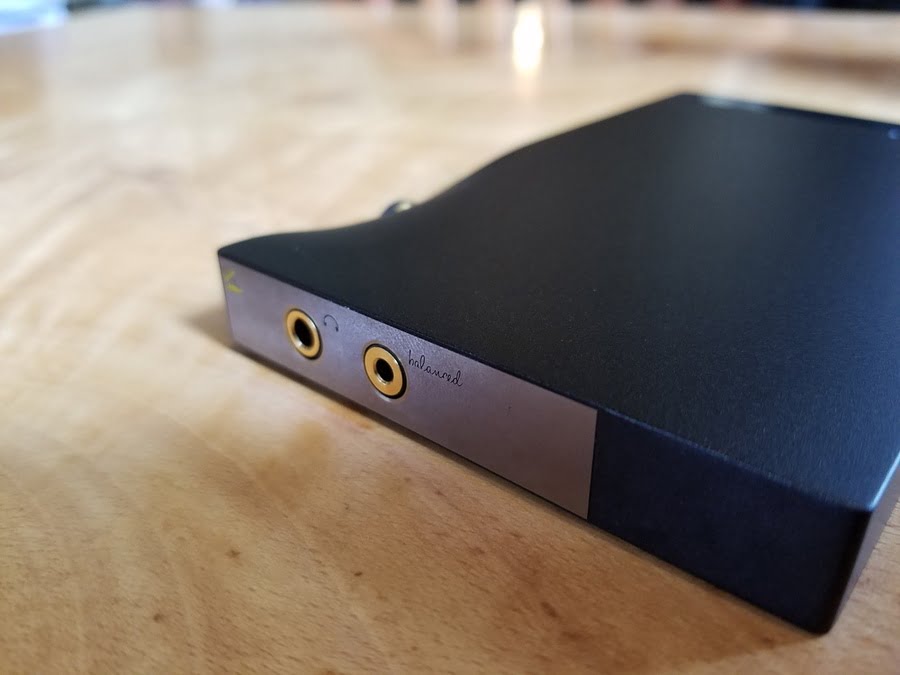
The DP-X1’s controls are handled on the right-hand side of the device, via small circular buttons from top to bottom. They follow the simple-but-still-premium aesthetic of the rest of the device and have a nice, tactile firmness to match. We wish the buttons were a bit larger, but it’s a minor gripe.
Onkyo also generously incorporated two microSD card slots. The 32GB base storage that comes in the device won’t give you a lot of audio legroom, but each microSD card slot can take up to 200GB extra – so we’re looking at a total capability of 432GB when all is said and done.
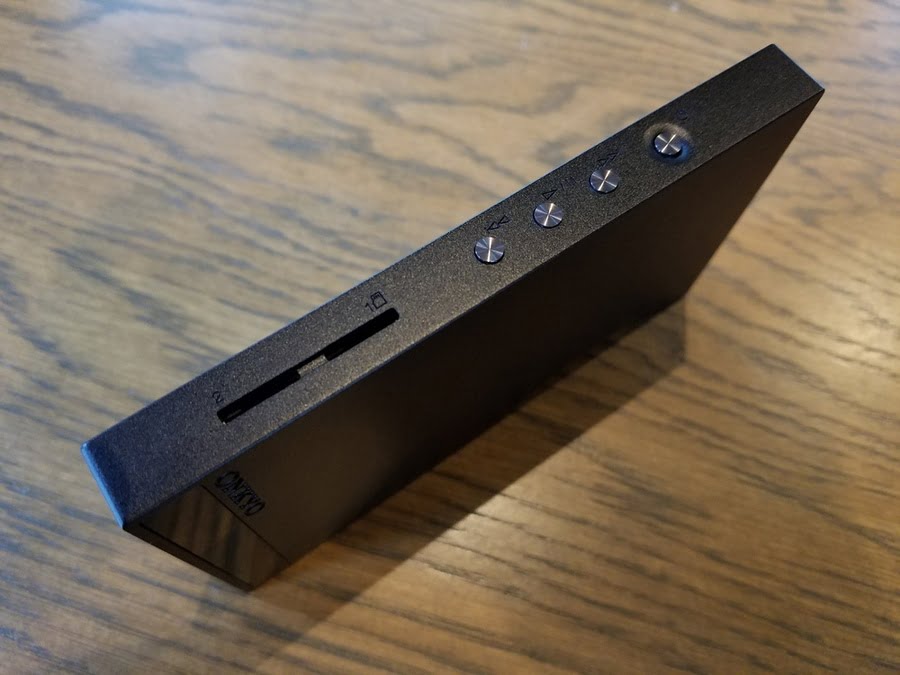
Lastly, on the bottom edge we have a lonely microUSB port. It’s of course used for charging, but here you can also utilize the DP-X1’s USB audio-out function, that is if you wish to use it as a source to an external DAC.
Sealed within is a modest 1,630 mAh battery which Onkyo says is good for up to 16 hours of listening, but bear in mind that that’s under unbalanced load (and assuming no radio use). Listening to offline music we achieved results in that ballpark, but could only hit around half of that figure with streaming music enabled.
Software
The DP-X1 has a feature that most HiFi audio players don’t – the software capabilities of an Android device. This flexibility allows it to be much more than just a music player. You can use it to watch videos, browse the internet, play games, or do pretty much anything else that Google’s Play Store allows for.
Running the show behind the scenes is Android version 5.1 (aka Lollipop), which isn’t the latest version from Google, but it’s not far from it either. A lot of the Material Design interface aesthetics still in play in the latest smartphones today are present, such as the 2-motion pull-down notification shade and the Recent Apps carousel.
Onkyo of course throws in its own audio-centric software touches, but most of it revolves around it’s own HF music app, which we consider to be one of the more quality and refined pieces of player software out there.
Among Onkyo’s software tweaks are of course the addition of specialized audio options, accessible from either the system settings or the Onkyo app. Some are usability controls, like a system volume limiter or volume lock for the knob, while others allow audio gurus to change the sound’s characteristics bit by luscious, luxurious-sounding bit.
Sound
The reason why anyone buys a dedicated music player these days is for superior audio on the go, otherwise a standard smartphone can serve the same purpose just fine. Half of the DP-X1’s internals are taken up by dual-ESS Sabre ES9018K2M DACs (digitial-to-analog converters) and dual-ESS Sabre 9601 amps. What’s more, there’s the option for balanced output with two separate modes: a standard BTL drive capable of more power, or a specialized ACG (Active Control GND) option that produces an even cleaner sound and better separation. And although all that sounds great on paper, does it mean anything in real world listening?
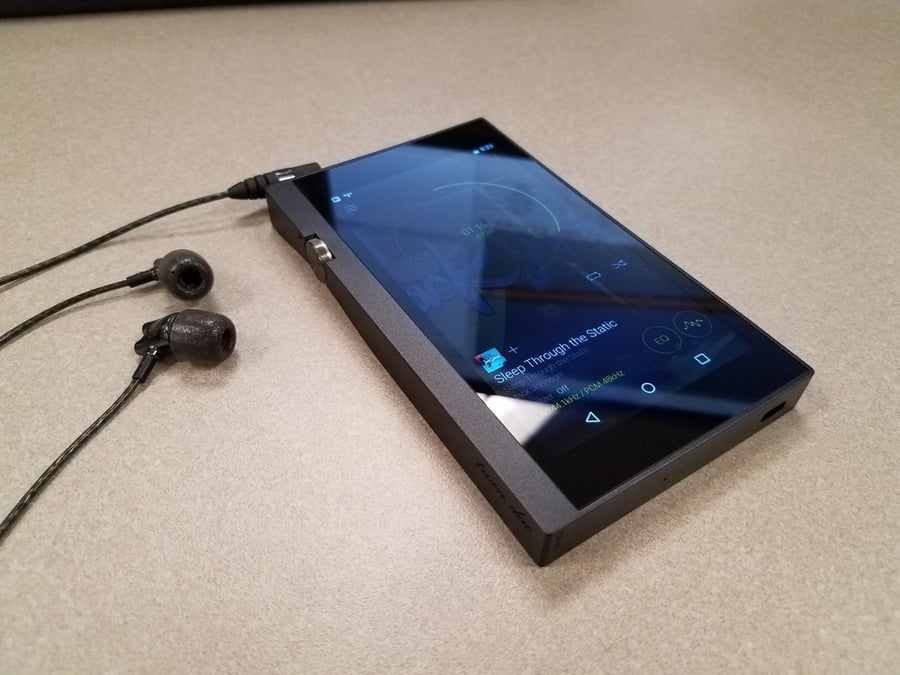
The short answer is yes, it is a significant step up compared to even today’s top-end smartphones. Mind you, that consensus will depend on your headphones and music files though, as a high-res player is only as good as what you give it. For our testing, we used CD-ripped FLAC and TIDAL HiFi files, and Shure SE846 and Sennheiser IE 800 headphones. The DP-X1 continues to sing well above the grade even with TIDAL streaming, where some competitors like the Fiio X7 may fall victim to WiFi signal interference.
Related: Best Wireless Gaming Headphones
As far as the sound quality goes, it’s easily discernible that Onkyo knows a thing or two about the craft. The DP-X1’s default sound signature (via the 3.5mm port) is best described as clinical, where there’s a deep focus on hitting the notes as accurately and articulated as possible. We wouldn’t go as far as deem it a “reference” sound though. There’s plenty impact in the delivery, from the crisp highs to the bodied sub-bass.
Separation and imaging are also masterly done, and all the elements in the sound are clearly discernible for analytical appreciation. However, the soundstage could be more expansive, and the general reproduction could be livelier. Interestingly, as we switched to the balanced output, both of these criticisms disappear, but the fact the balanced mode is the ideal listening situation leaves us a little mixed. Many listeners don’t have access to a balanced connection or may not care for one, so we wish that Onkyo didn’t tune so much in its favor alone.
Final Thoughts
There’s a lot to consider when looking at a high-end (and correspondingly high-priced) stand-alone audio player; it’s a costly investment. Our impression of the DP-X1 is that it’s one of the best you can buy at the moment, both acoustically and functionally. It’s feature-packed with most of the luxuries that audiophiles look for today, such as balanced output and practically all the audio formats you can throw at it.
Related: Best Gaming Headsets for Any System
What’s more, there is full-fledged Android support – a rarity among audio players – and the dual DAC/amp system proved to us that it has the chops to compete with the big boys. This is a superb start for Onkyo in this market, and a must-have for the high-end audiophile in all of us.
Also See: Best Headphones 2018
